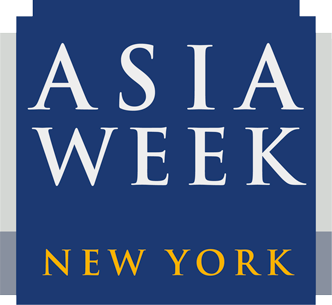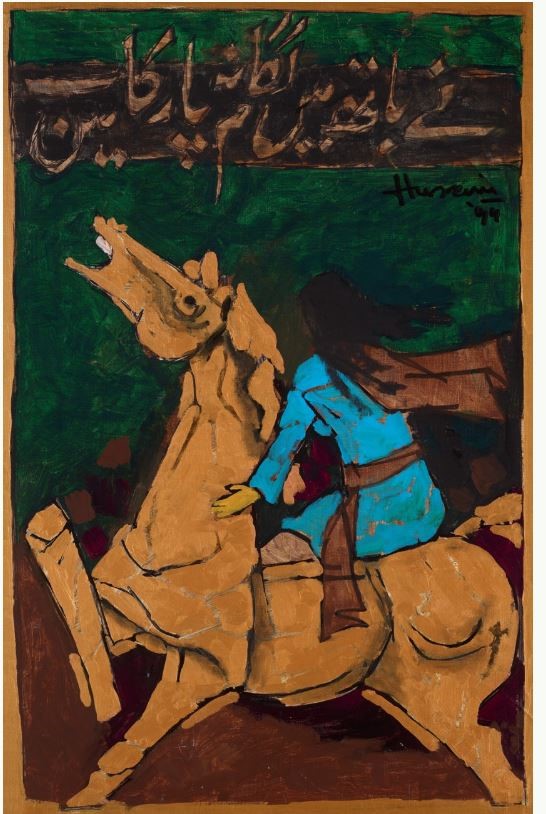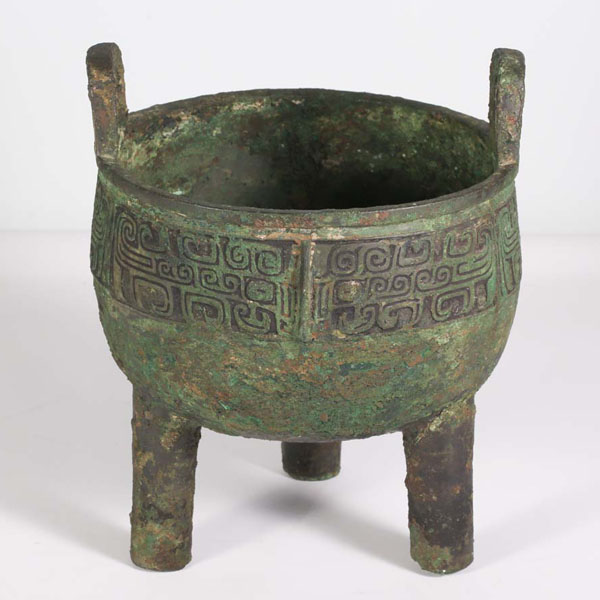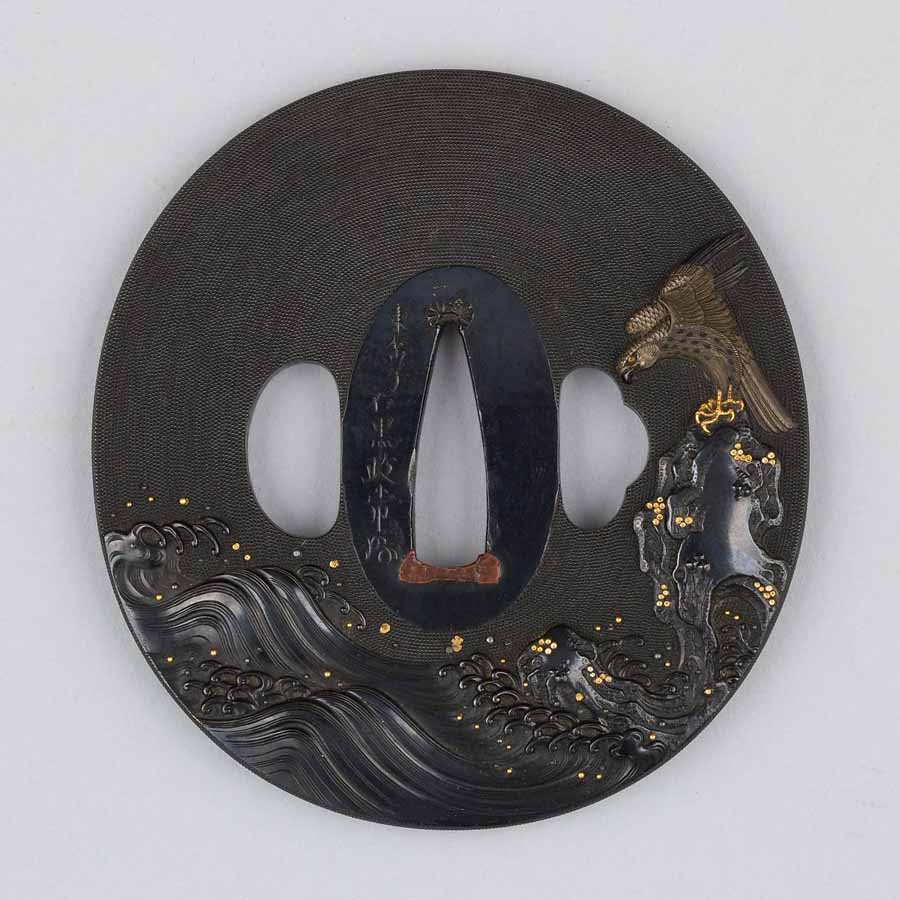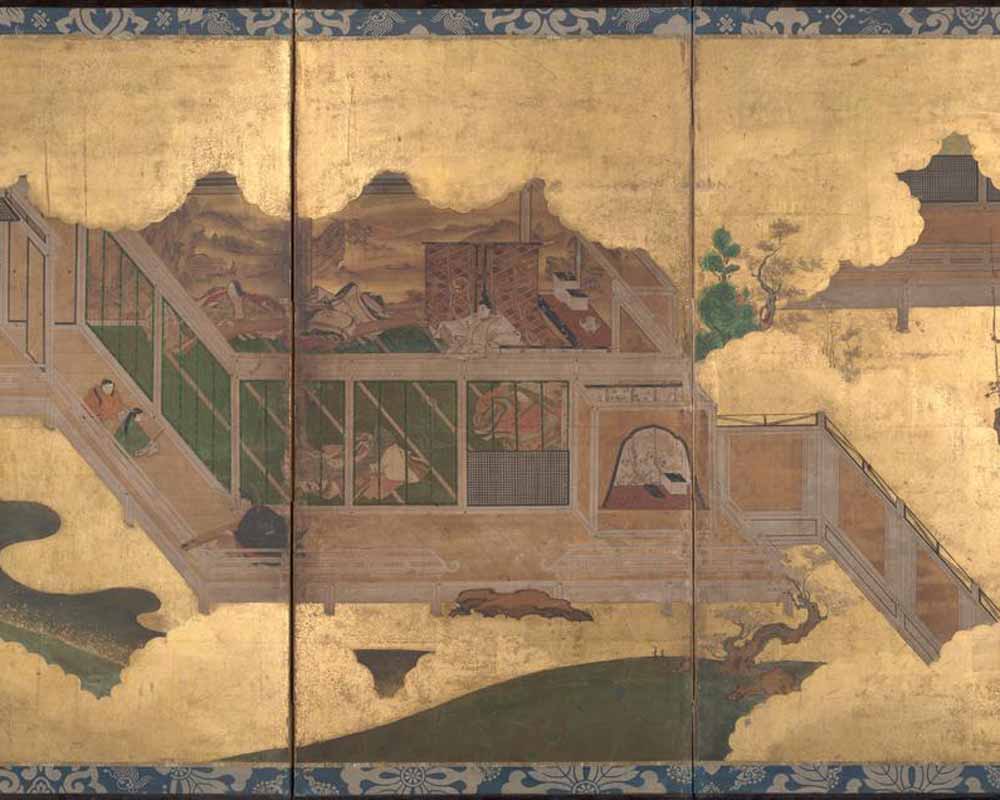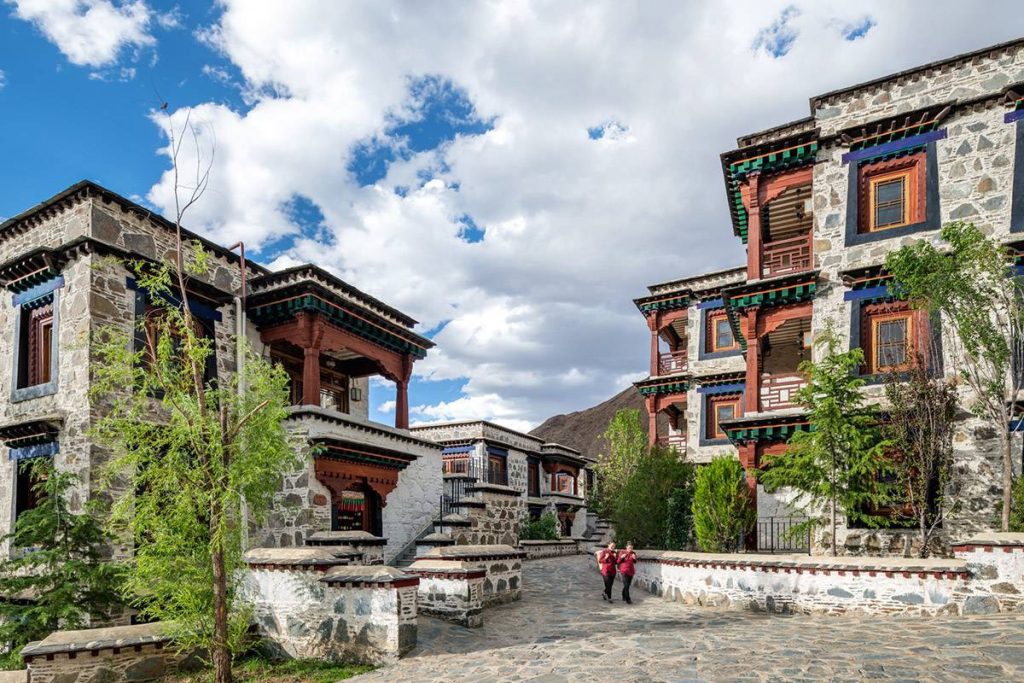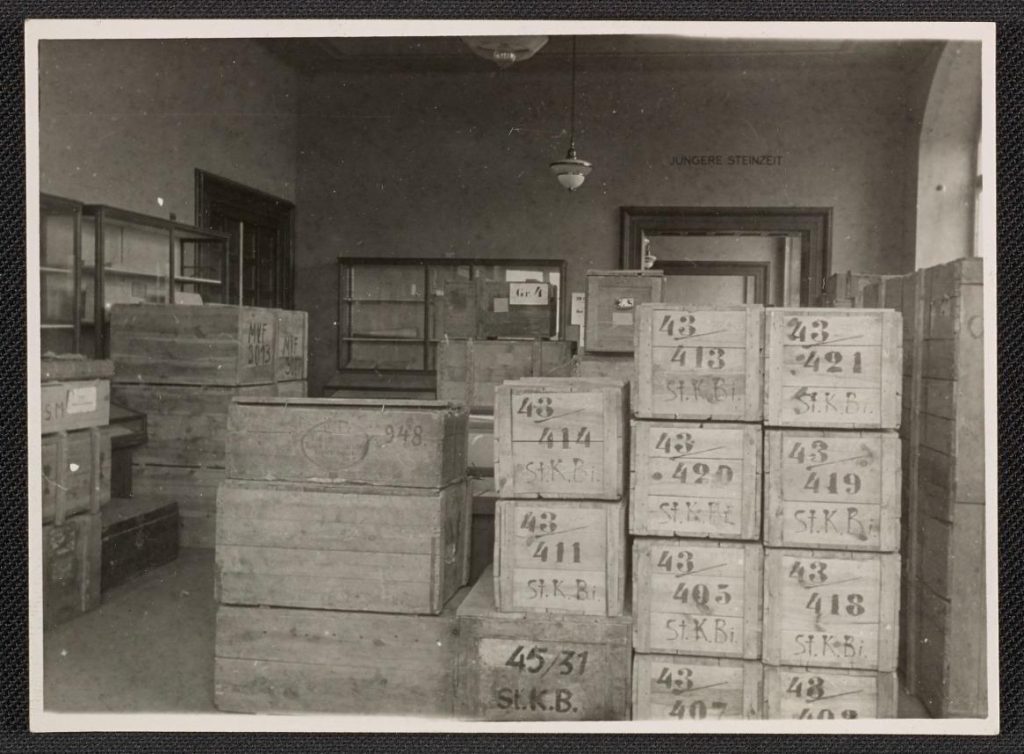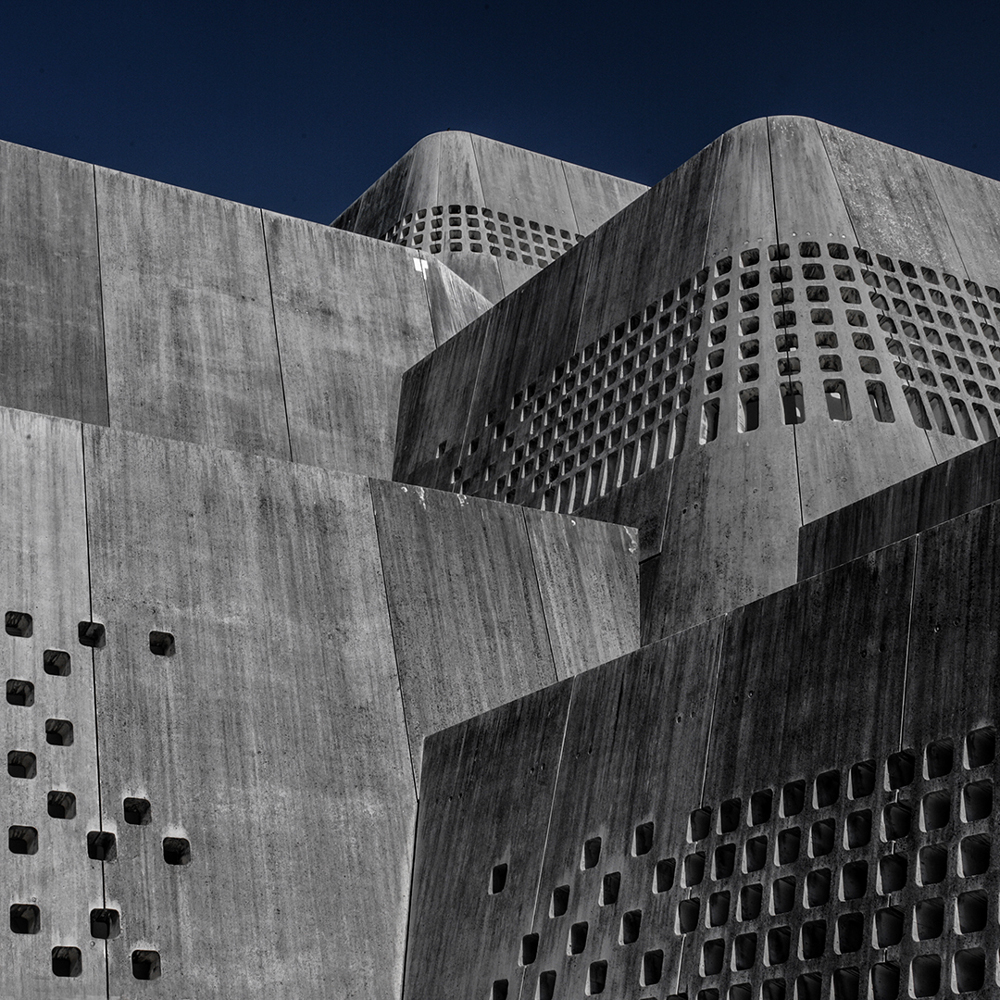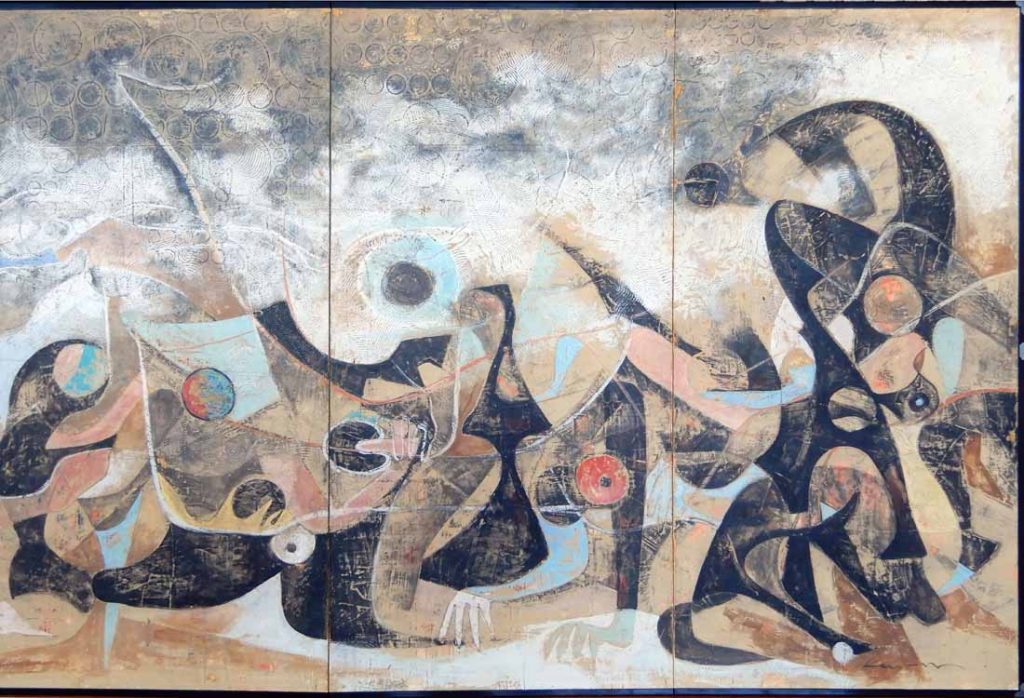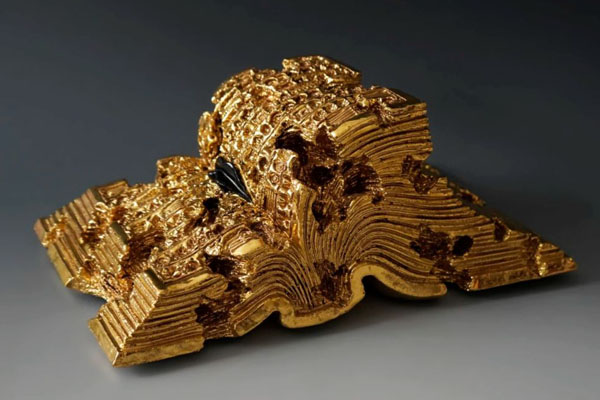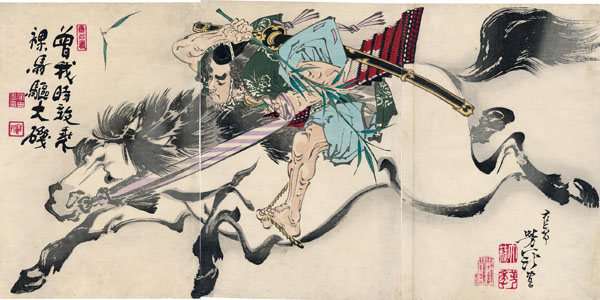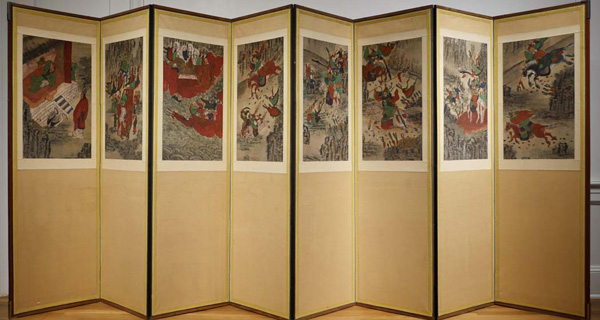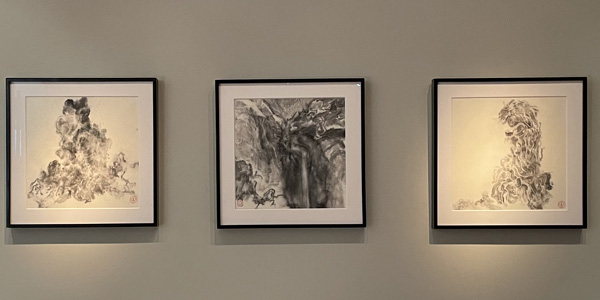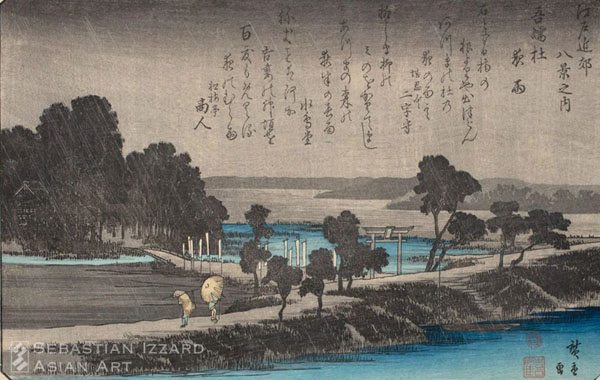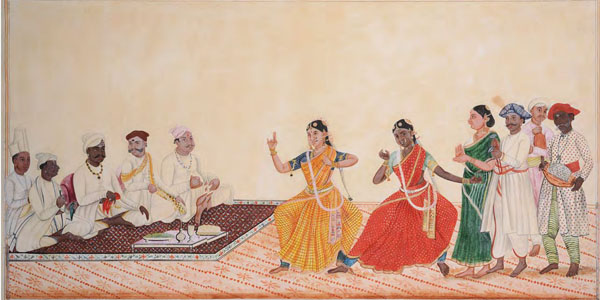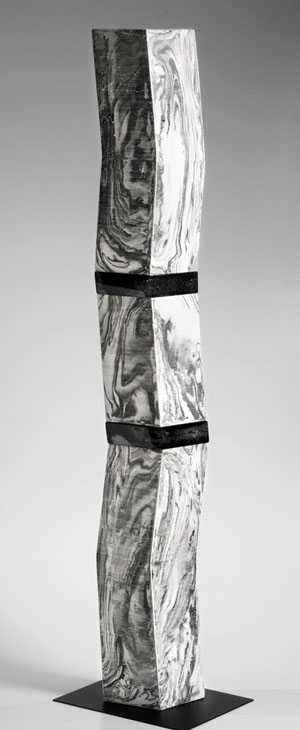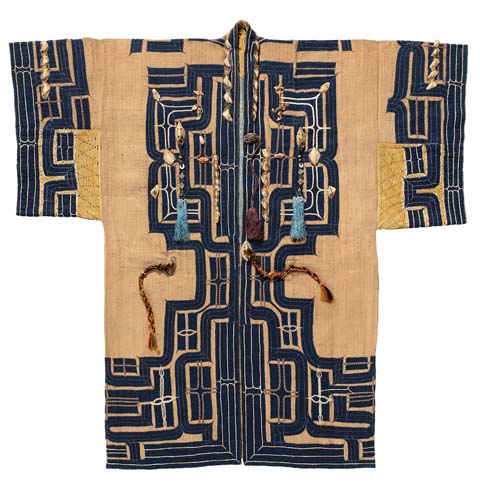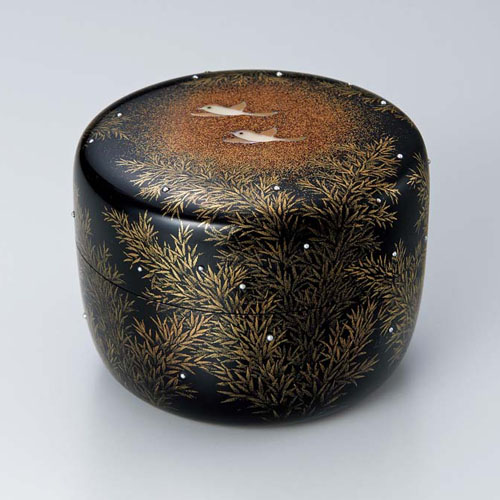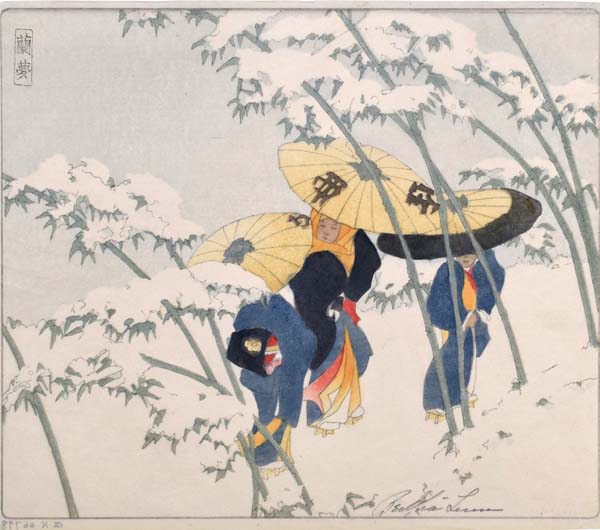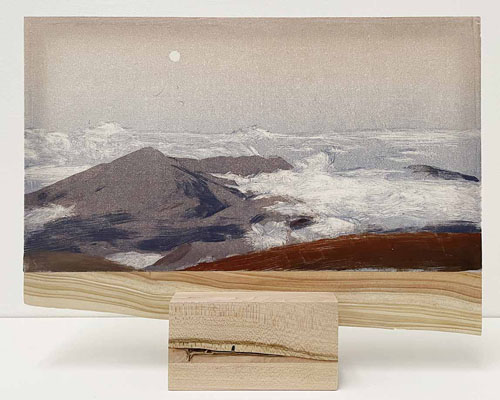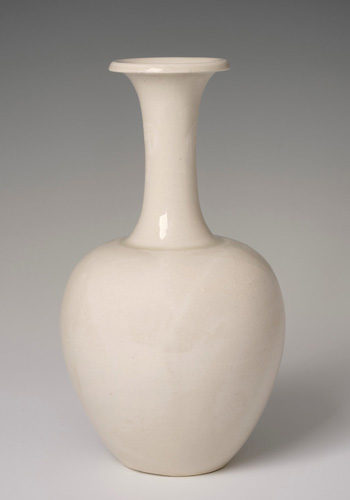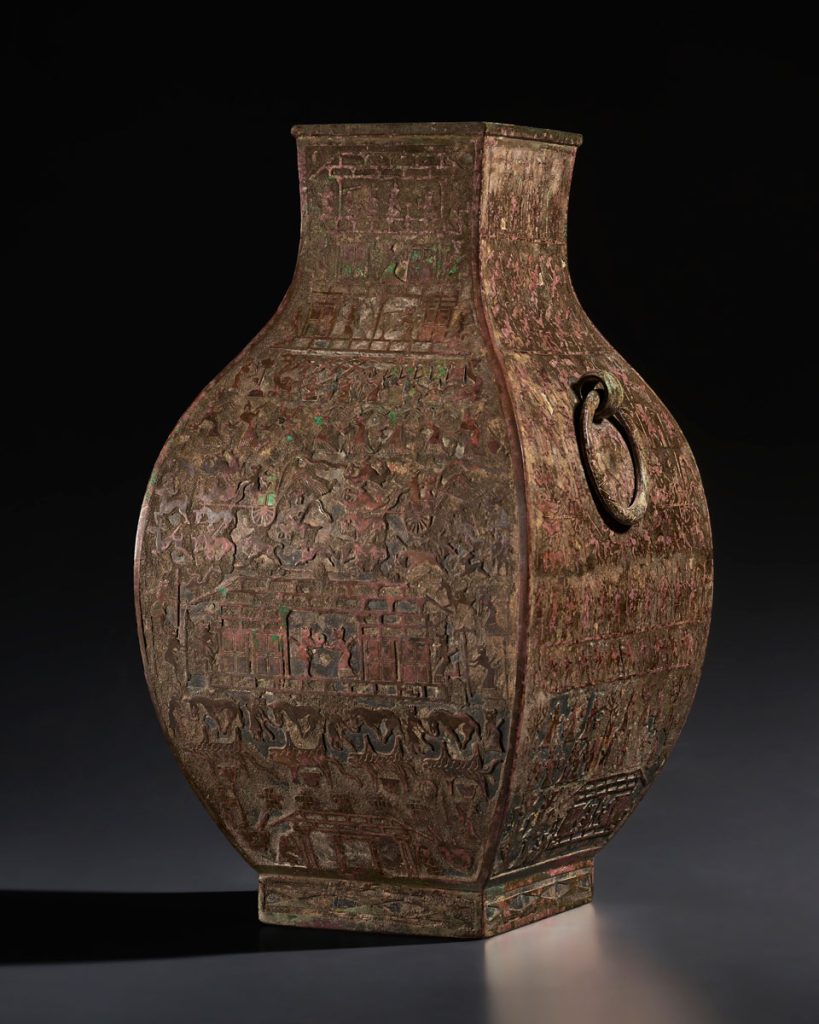Asia Week March 2022 Top Auction Item: An Important and Very Rare Inlaid Bronze Faceted Hu, Fanghu, Warring States Period, 4th-3rd Century BC, sold for US$2,760,000 at Christie's
Asia Week March 2022 New York Auction Results
BONHAMS
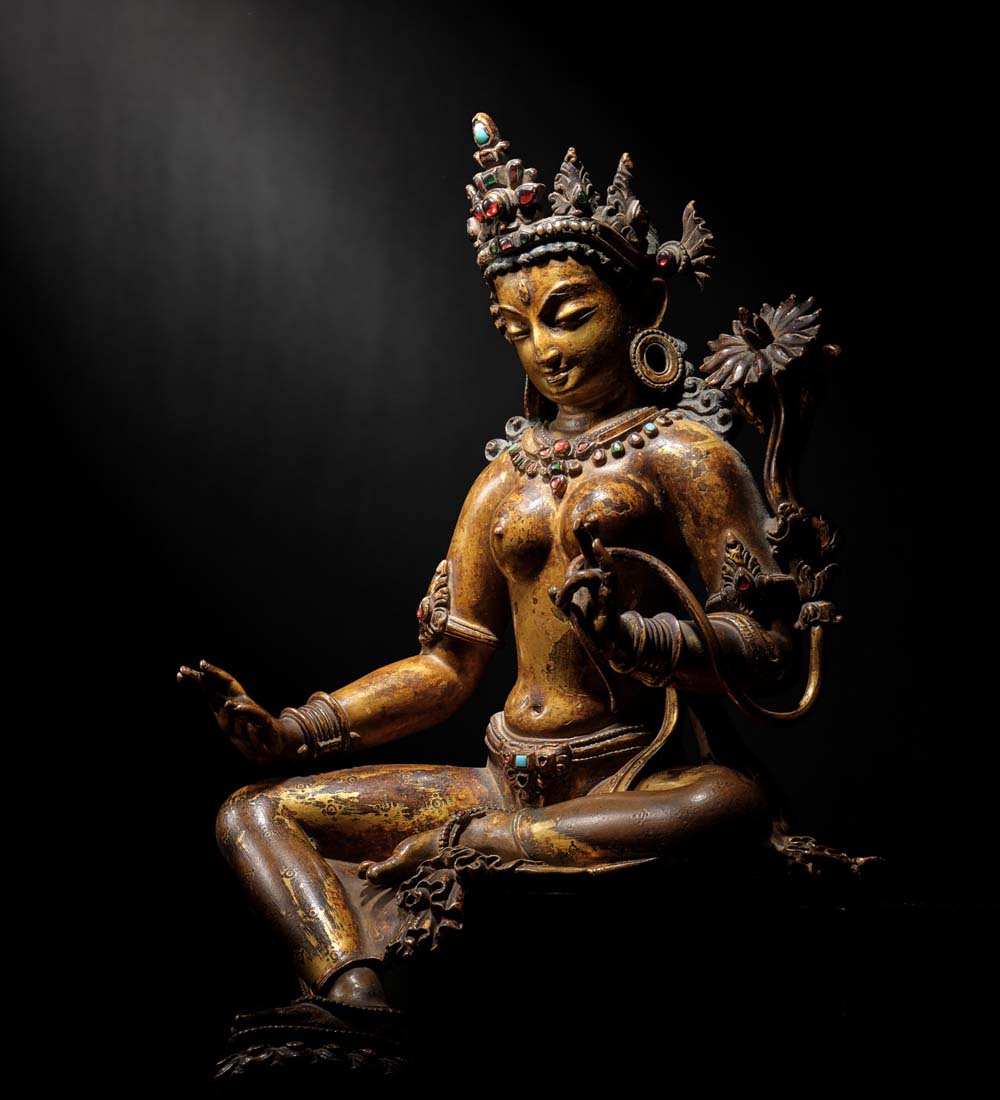
Bonhams' Top Selling Lot: A Gilt Copper Alloy Figure of Green Tara, Nepal, Early Malla Period,
13th Century, sold $2,310,312
Asia Week total – $11,559,220
CHRISTIE'S
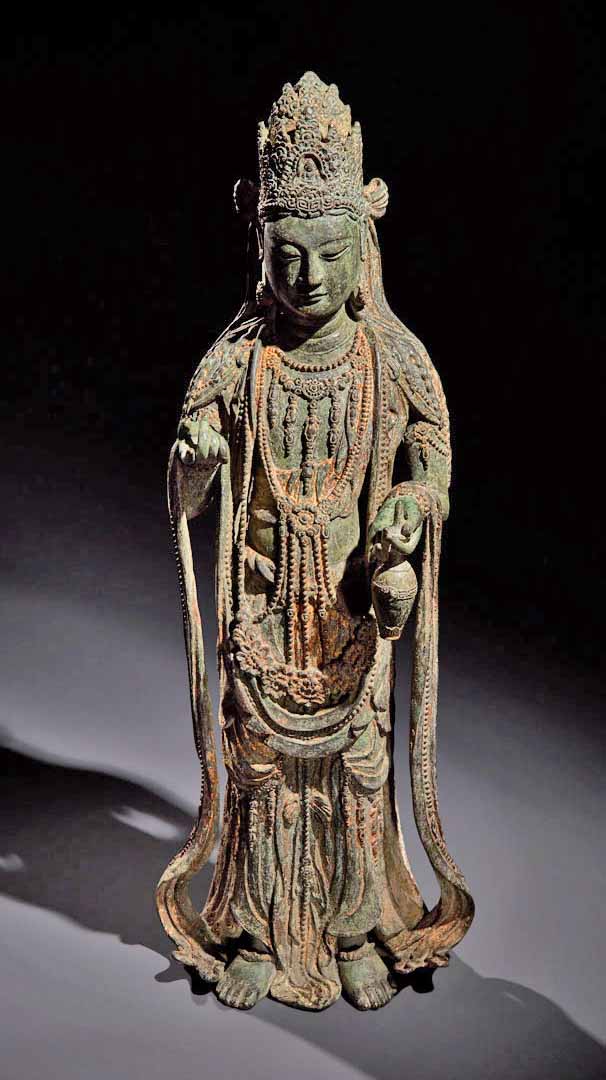
Second Highest Top Selling Lot: A Magnificent and Important Gilt-Bronze Figure of Guanyin,
Dali Kingdom, Late 11th-Early 12th Century, sold $2,580,000
Asia Week total – $67,890,084
•Rivers and Mountains Far from the World: Important Chinese Snuff Bottles from the Rachelle R. Holden Collection – sales total $2,252,502
•Japanese and Korean Art Including the Collection of David and Nayda Utterberg – sales total $10,626,210
•Indian, Himalayan and Southeast Asian Works of Art – sales total $3,732,120
•South Asian Modern + Contemporary Art, Including Works from the Collection of Mahinder and Sharad Tak – sales total $20,188,926
•Important Chinese Ceramics and Works of Art – sales total $31,090,326
Note: two online sales are still continuing
DOYLE
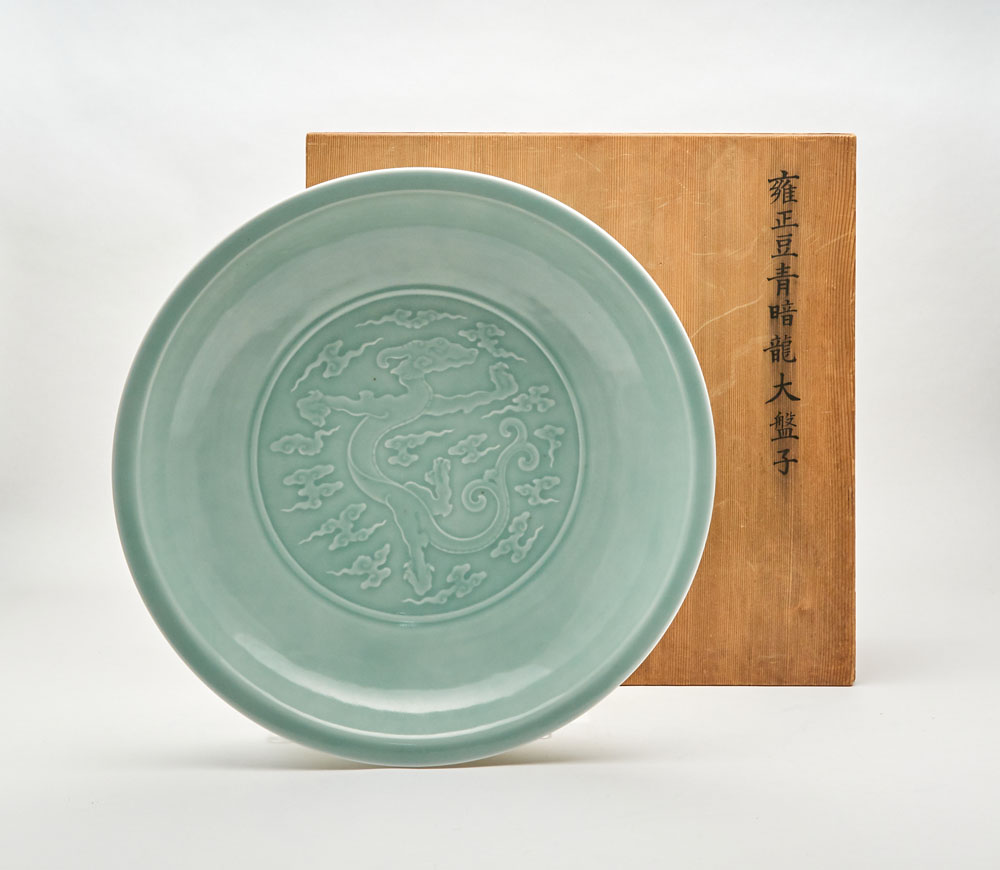
Top Selling Lot: A Large Chinese Celadon Glazed Porcelain 'Dragon' Charger, Yongzheng Mark and Period, sold $390,600
•Asian Works of Art – sales total $2,336,327
HERITAGE AUCTIONS

Top selling lot: A Chinese Six-Panel Screen Inlaid with Enameled Porcelain Plaques by Cheng Men,
19th century, sold $237,500
•Asian Art Signature® Auction – sales total $906,459
SOTHEBY'S
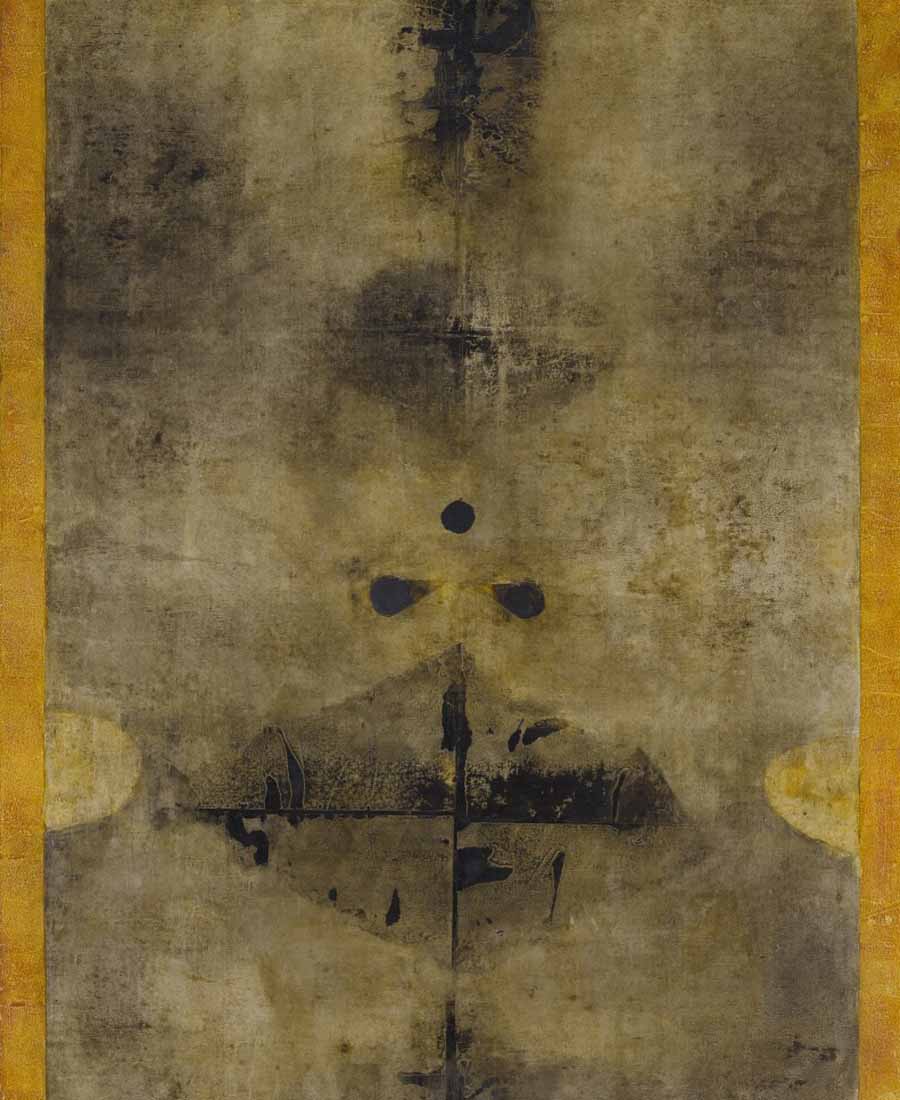
Top Selling Lot: Vasudeo S. Gaitonde (1924-2001), Painting 4, 1972, sold $2,470,000
Asia Week total sales – $33,800,000
•Modern & Contemporary South Asian Art – sales total $9,600,000
•A Journey Through China's History: The Dr Wou Kiuan Collection Part 1 – sales total $10,600,000 – White Glove Sale
•Important Chinese Art – sales total $13,653,182
Note: one online sale is still continuing
Asia Week March 2022 grand total auction sales currently – $116,492,090
Coming soon Asian, Ancient, and Ethnographic Works of Art at iGavel,
online April 7-26.

